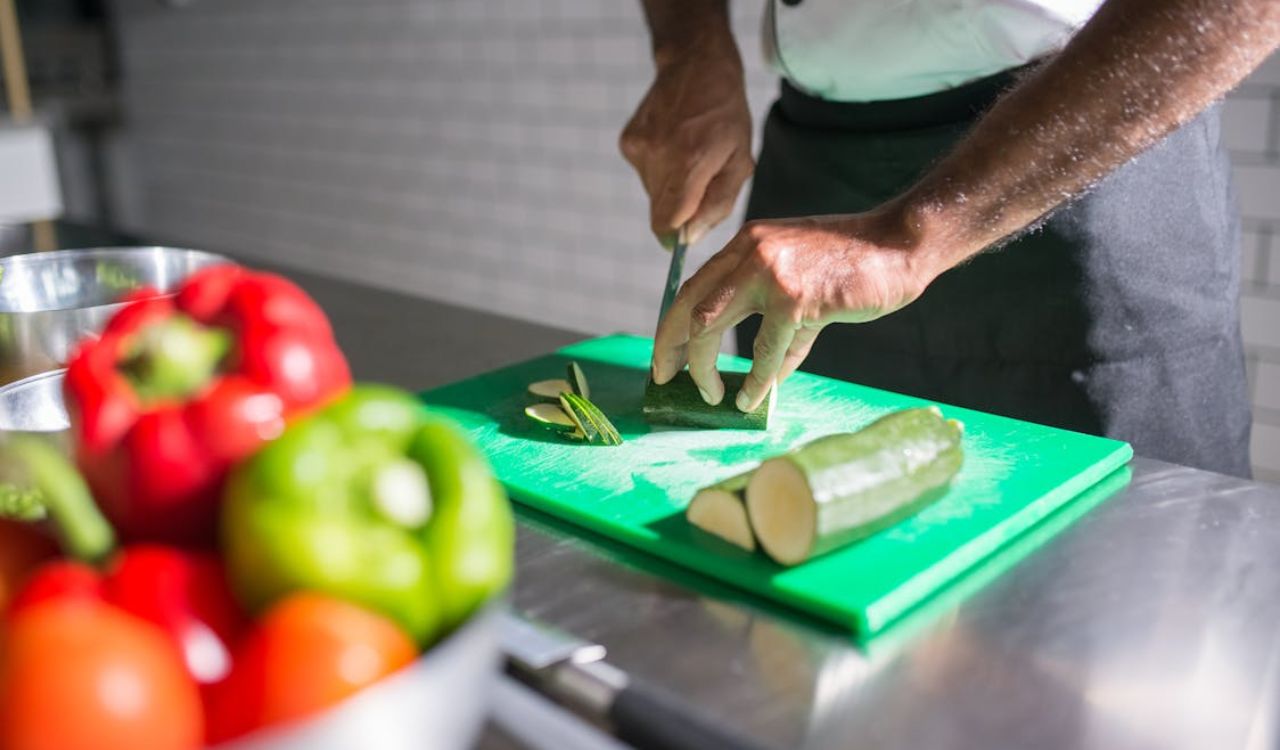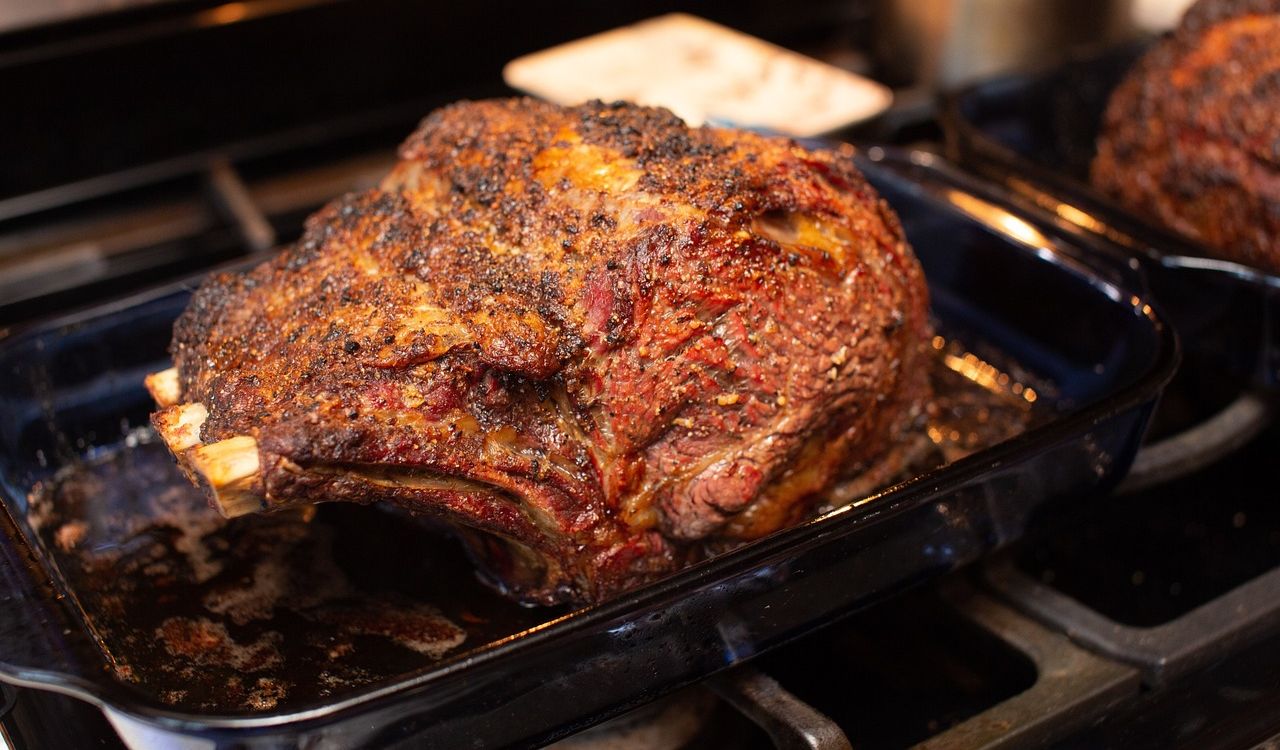9 Mistakes to Avoid at a Greek Restaurant

Dining at a Greek restaurant is an experience built on warmth, shared plates, and respect for tradition. But enjoying it fully means understanding the small choices that shape the meal, from how you explore the menu to how you approach classic dishes and drinks. Greek cuisine relies on balance, fresh ingredients, and cultural rituals that reward patience and curiosity. Avoiding common mistakes helps you appreciate the true character of the food, the intention of the kitchen, and the rich history that influences every plate.
1. Ask About the Specials First

Specials in a Greek restaurant often highlight the freshest ingredients, seasonal produce, and traditional preparations the chef is most proud of. These dishes may include market fish, house-made pies, or regional recipes that rarely appear on the printed menu. By asking about the specials, you gain insight into what ingredients are at their peak and what dishes best reflect the kitchen’s skills. It also opens the door to server guidance, helping you discover flavors you might otherwise overlook.
2. Explore Beyond Gyros and Souvlaki

Limiting yourself to gyros and souvlaki prevents you from experiencing the depth of Greek cuisine, which includes slow-cooked meats, seafood stews, stuffed vegetables, and layered casseroles. Many of these dishes showcase techniques like braising, baking, and roasting that reveal how regional traditions and agricultural history influence the food. When you try a wider variety, you taste contrasts in texture, richer spice profiles, and preparations rooted in generations of family cooking. It is the easiest way to understand the cuisine more fully.
3. Don’t Skip Traditional Drinks

Traditional Greek beverages play a strong supporting role in the dining experience. Ouzo enhances seafood, retsina adds brightness to fried or grilled dishes, and wines like Assyrtiko or Agiorgitiko bring out the nuances of meats and vegetables. Greek coffee encourages a slower pace and pairs naturally with desserts. Avoiding these drinks means missing out on the natural balance the Greeks created between food and beverage. Sampling even one traditional drink deepens your understanding of how the cuisine is meant to be enjoyed.
4. Learn the Menu and Pronunciations Ahead

Familiarizing yourself with Greek menu terms helps you make confident, informed choices and reduces the chance of overlooking standout dishes. Recognizing names such as pastitsio, saganaki, spanakopita, or dolmades allows you to order without hesitation and encourages you to explore beyond safer options. Even approximate pronunciation shows respect and helps servers share better recommendations. This small preparation makes your dining experience smoother and can lead you to dishes you might have never discovered on your own.
5. Taste Before You Smother With Sauce

Greek cooking relies on the natural harmony between ingredients like olive oil, lemon, herbs, and fresh vegetables. Adding extra sauce before tasting can overwhelm these carefully balanced flavors and mask textures like crisp edges, tender meat, or subtle char from the grill. Chefs design each plate to highlight freshness and simplicity, so tasting first helps you understand the intended profile. Adjusting afterward allows you to appreciate the cuisine’s delicate interactions rather than diluting them prematurely.
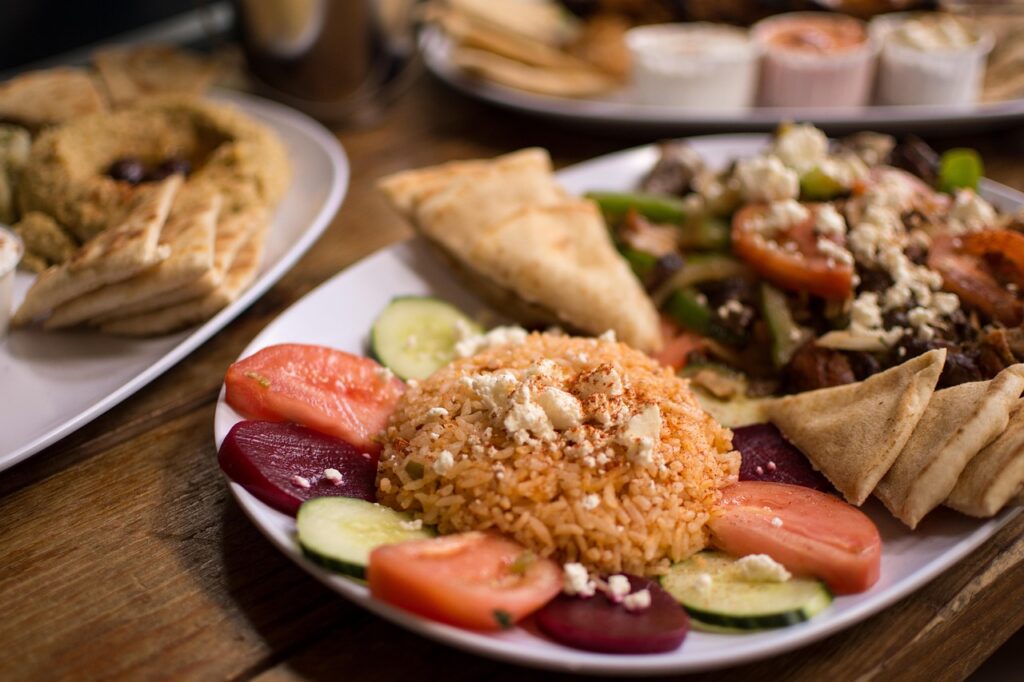
Meze encourages a slower, communal dining style that brings together a wide mix of textures and flavors. These small plates introduce creamy dips, charred vegetables, briny seafood, and warm breads that express the diversity of Greek cooking. Ordering only a main dish restricts you to a single flavor experience, while sharing meze allows you to taste multiple regional specialties in one meal. This approach not only fosters conversation but also better reflects how Greek meals are traditionally enjoyed.
7. Embrace Whole Grilled Fish When Offered
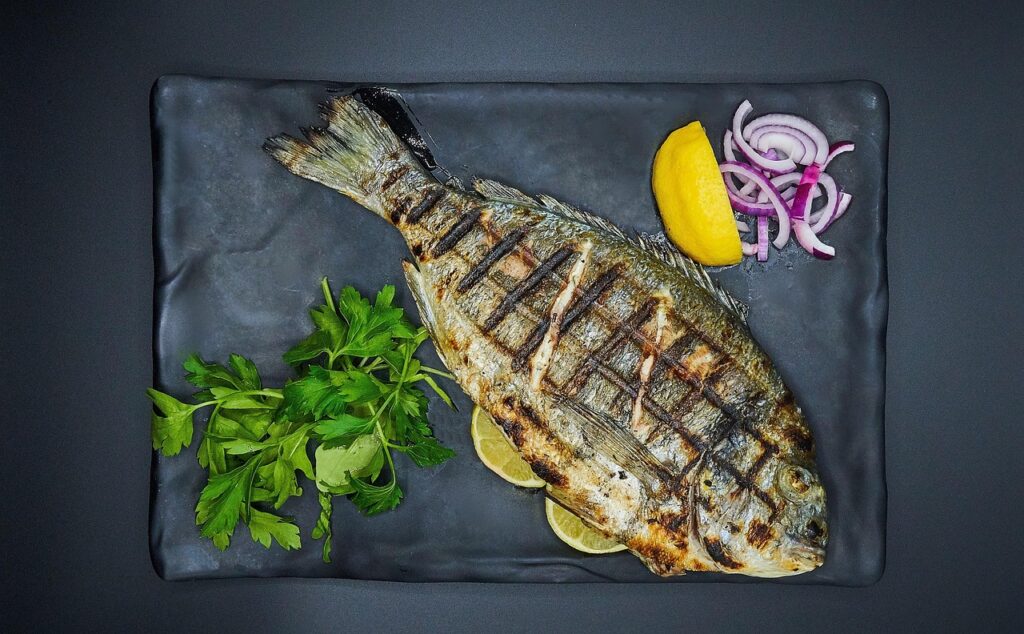
Whole grilled fish is one of the most authentic expressions of Greek coastal cooking, relying on minimal seasoning to emphasize freshness. The method highlights natural oils, tender flesh, and the subtle influence of charcoal or wood. Avoiding it due to bones or unfamiliarity means missing a dish that showcases the purity and quality of local seafood. Servers often assist with filleting or portioning, making it easy to enjoy. This simple preparation provides a direct connection to Greece’s maritime food traditions.
8. Try the Real Greek Dips Rather Than Expecting Hummus
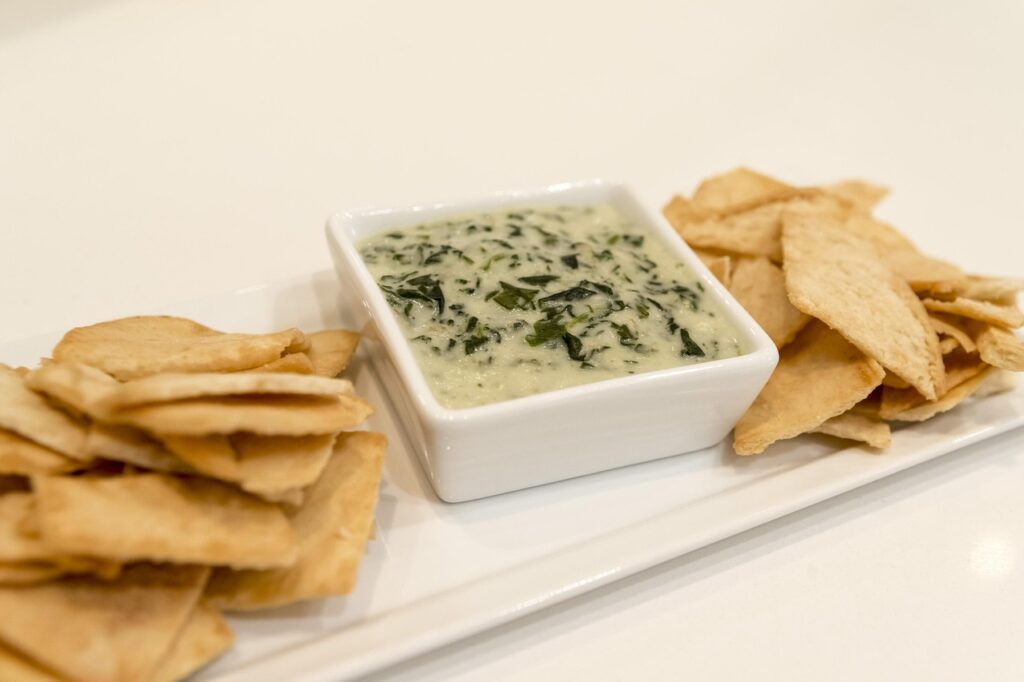
Many diners assume hummus is a Greek staple, but traditional Greek dips include melitzanosalata, fava, and taramosalata, each with distinct ingredients and flavors. These spreads highlight local produce like roasted eggplant, split peas, and cured fish roe, delivering textures and seasoning combinations different from Levantine hummus. Sampling these authentic dips offers a clearer picture of Greek culinary heritage and prevents misunderstanding of regional differences. It also introduces flavors that showcase the cuisine’s creativity and resourcefulness.
9. Save Room for Phyllo and Syrup Desserts

Greek desserts often combine crisp layers of phyllo with toasted nuts, custards, or honey-based syrups that create a satisfying finale to the meal. Classics such as baklava, galaktoboureko, and kataifi rely on contrast between flaky pastry and sweet, aromatic fillings. These desserts pair naturally with Greek coffee or dessert wines and represent the final touch of hospitality in a traditional meal. Skipping them means missing an essential cultural element that completes the dining experience with warmth and richness.




